 Currently, more people are using mobile phones in sub-Saharan Africa than in the United States (U.S.). In December 2016, the region had 420 million unique mobile subscribers, but the actual number of people with access to mobile phones is likely larger, since this refers only to individual SIM connections, and it is often the case that a whole household will share one phone.
Currently, more people are using mobile phones in sub-Saharan Africa than in the United States (U.S.). In December 2016, the region had 420 million unique mobile subscribers, but the actual number of people with access to mobile phones is likely larger, since this refers only to individual SIM connections, and it is often the case that a whole household will share one phone.
Although this level of mobile access has been rapidly growing in Sub-Saharan Africa, the trend does not apply to financial services. As of 2021, only 40% of adults had a bank account, with banks being located predominantly in cities. The wake of mobile money has transformed the financial landscape and has allowed for financial inclusion for the most impoverished. In particular, mobile money for remittances is removing obstacles to remittance aid.
Costly Financial Transactions
Transferring money to and within Africa poses several challenges.
For those living in rural communities, money transfers are almost always cash-based and require either in-person delivery or an intermediary, such as bus drivers. These processes are time-consuming, often costly and involve high levels of risk.
Essentially, many African migrants sending money (known as remittances) home to their families face significant challenges. Even if they themselves have access to mobile money for remittances, transferring them is extremely costly. The cost of sending money to some African countries is as high as 20% of the transferred amount. To avoid paying such high fees, migrants often resort to more informal means, thus exposing themselves to theft or fraud. This often results in them losing money to fraud or transactional costs, and their intended recipients never receiving the hard-earned money.
Establishing a stable system and lowering the cost of sending remittances to Africa is of even greater concern when considering its significance as an aid source for African families. As of 2022, remittance flows to Africa stood at $100 billion. It therefore accounts for more financial aid than either Official Development Assistance (ODA) or Foreign Direct Investment (FDI).
It is therefore evident that the costs of financial transactions are hampering Africa’s growth.
Mobilizing Money
A recent study by the Foreign, Commonwealth and Development Office (FCDO) of the U.K. government has cited that “it is possible that mobile money opens the door to structural change and economic development.” The study took place in Mozambique and focused on rural households since most poverty in Africa is in rural areas.
By closely monitoring the process of introducing mobile money to an area that had previously only operated on a cash basis, the study yields significant findings. The findings focus on how mobile money could increase migration and therefore is likely to drive urbanization.
Moreover, improving mobile money for remittances is key to the process of empowering individual households. By increasing the stability and safety of such platforms, and closely managing these services, financial transactions have the potential to become cheaper and easier for those sending money back to their families.
The FCDO report also finds that having the stability of mobile money access, there is a higher probability of a migrant emerging from the household, and thus of receiving remittances. It concludes, “the expansion of mobile money services should be a priority for policy.”
Multiplying the Effects of ODA
The FCDO’s research into this topic is promising as an area of government interest. In the most recent White Paper for International Development, the U.K. Foreign Office stated that ODA budgets strategically “unlock larger volumes from other sources.” Investing in lowering the cost of using financial services can decrease obstacles for migrants who are using mobile money for remittances and sending money to their households. It is, therefore, one such source of multiplying the effect of ODA spending and grants households in Africa the autonomy to achieve financial stability and rise out of poverty.
– Luke Gouldson
Photo: Wikipedia Commons

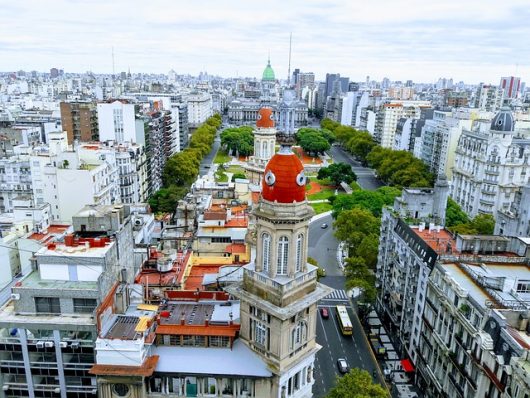
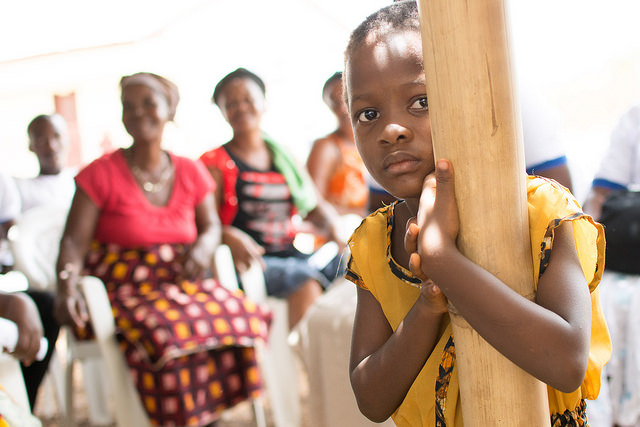
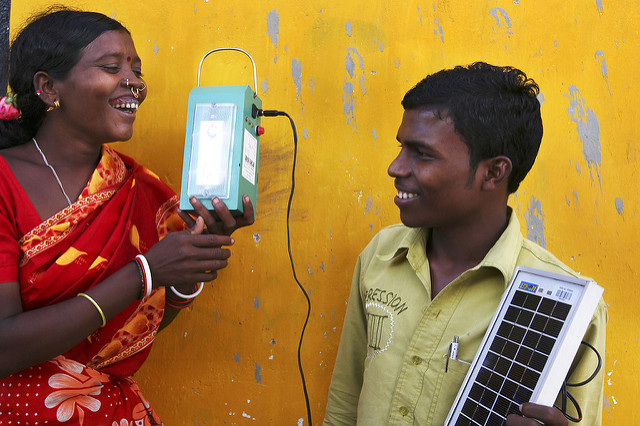

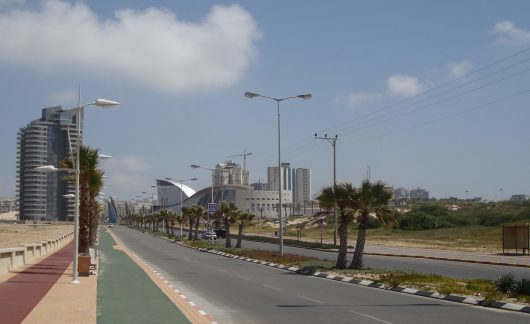 Between 2010 and 2016,
Between 2010 and 2016, 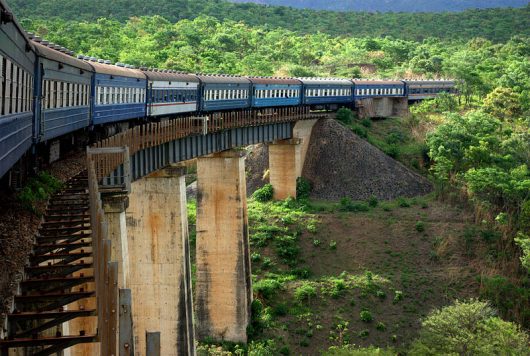 In 15 years, China has built invested over
In 15 years, China has built invested over 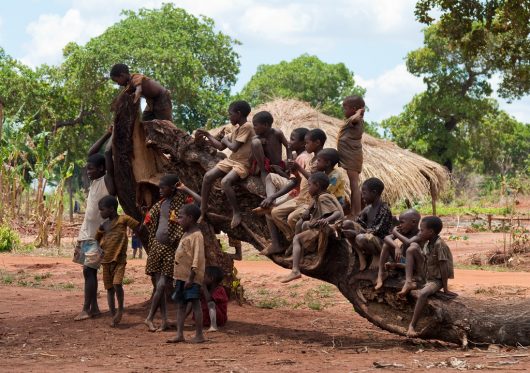 The continent of
The continent of 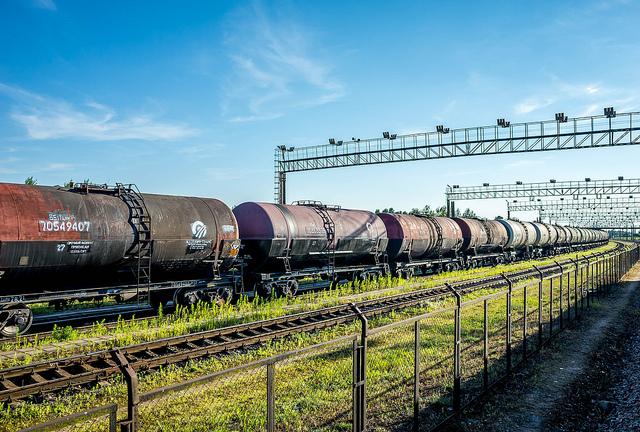 Despite high levels of foreign investment and a thriving energy sector, the development and maintenance of infrastructure in Russia remains sluggish and disproportionately benefits a small elite.
Despite high levels of foreign investment and a thriving energy sector, the development and maintenance of infrastructure in Russia remains sluggish and disproportionately benefits a small elite. 